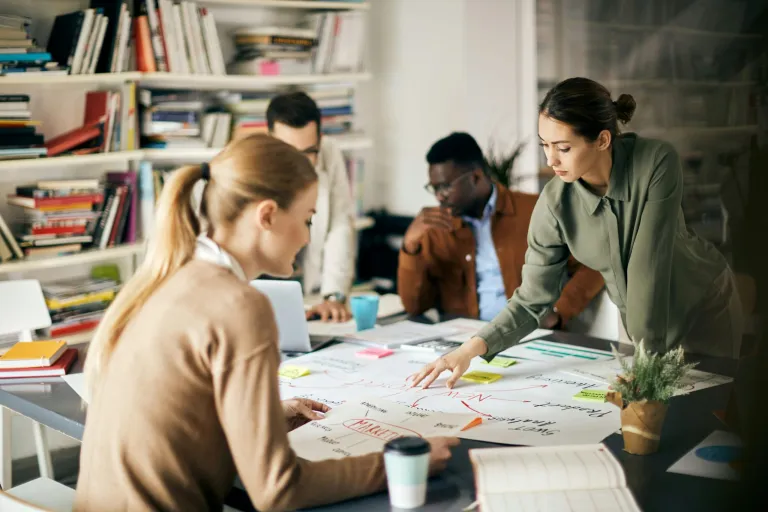Why Scenario Planning Beats Firefighting
Most brands only stress test their supply chains after something breaks. A surge in demand, a weather delay, a system outage—whatever the trigger, the response often starts with panic and ends with a post-mortem.
Scenario planning flips that script. It replaces firefighting with rehearsal. Instead of reacting to chaos, your team practices how to move through it—calmly, confidently, and with clear roles.
A good scenario plan doesn’t just document the “what.” It prepares your team for the “what if.”
The 8 Must-Run Scenarios
These are the moments that reveal whether your systems can bend—or break.
Demand Surge (or Collapse)
What happens when your forecast is off by 40%? Do you have a flex capacity plan, or does everyone just start texting the 3PL?
Weather Event Shutting Down a Hub
If your East Coast node goes dark for five days, how fast can you reroute orders? Which partners can carry the extra load?
Stolen Truckload or Customs Delay
These are rare, but not impossible. The question isn’t “will it happen?”—it’s “what’s our first call when it does?”
System Outage on Black Friday
Your OMS or WMS crashes mid-promo. Can your team fulfill offline? Does your escalation tree exist outside of Slack?
Quality Defect Wave
A packaging issue hits 15% of your inbound. Do you have containment protocols—or is your CS team the first to find out?
People Shortage (Flu, Resignation, Strike)
What’s the backup plan when a key warehouse or planning role is suddenly empty?
Upstream Supplier Failure
A key component or co-packer goes down. Can you dual-source quickly? Do you know your lead-time risk profile?
Carrier Network Disruption
When a parcel carrier caps you—or changes SLA overnight—how fast can you shift to a secondary lane?
Each scenario forces a conversation about ownership, communication, and decision-making. That’s where the learning lives.
How to Facilitate the Room
You don’t need a war room—just a whiteboard and a good facilitator.
Start by asking: “What if?” Keep asking until the plan holds.
- What if this happened at peak season?
- What if the person who owns this task was out?
- What if we couldn’t access our system?
The goal isn’t to assign blame—it’s to reveal blind spots. Then document what you learn and who owns the fix.
Scaling Scenarios for Different Company Sizes
Emerging brands (under $50M)
Focus on agility. You’re testing communication and partner responsiveness more than system depth.
Mid-market operators ($50M–$250M)
Layer in systems and role clarity. Test how your tech, team, and 3PL interact when stress hits.
Enterprise brands ($250M+)
Make it cross-functional. Test how Finance, Supply Chain, Marketing, and CX make joint decisions under pressure.
The scale changes—but the purpose stays the same: find friction before it finds you.
How Baggu Used Logistics Transformation to Adapt Faster
When Quiet Platforms helped Baggu overhaul its logistics network, the real win wasn’t cost—it was control.
By transforming how data flowed across systems and partners, Baggu gained visibility and flexibility to respond to change—whether that meant shifting fulfillment nodes or adapting to seasonal surges.
(Read the full Quiet x Baggu case study for details.)
Ready to Rehearse?
Reality will test your supply chain—it’s only a matter of when.
The difference between chaos and control comes down to preparation.
Related Insights

5 Mistakes That Ruin a Supply Chain Stress Test
Wargames only work if they lead to real changes. Here are 5 supply chain stress test mistakes teams make.

Preserving Brand Identity After Acquisition: What Most Buyers Miss
Acquisitions often dilute brand identity. Learn how to maintain authenticity and customer trust to preserve brand identity after acquisition.

5 Ways to Sustain Post Acquisition Momentum Beyond Day One
Deals close fast. Momentum fades faster. Learn how to fuel post acquisition momentum that lasts.